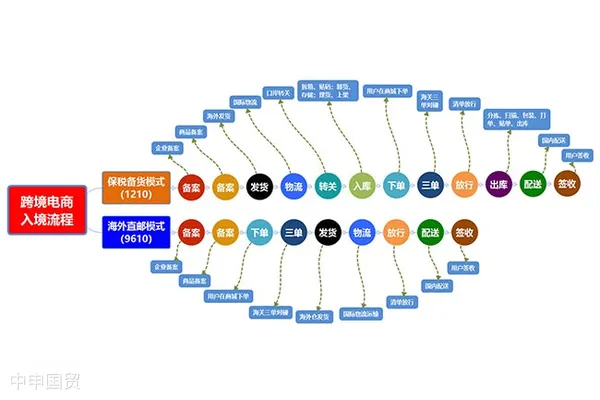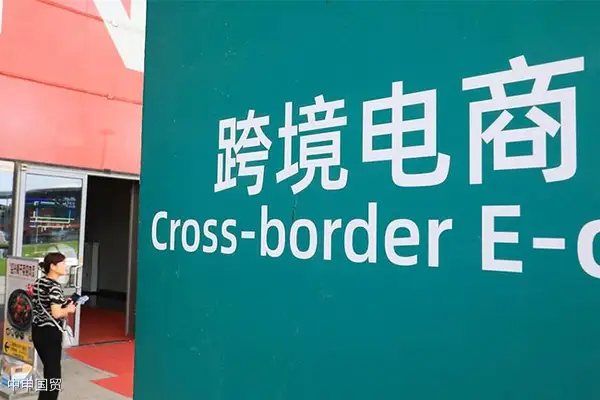- Shanghai Zhongshen International Trade Co., Ltd. - Two decades of trade agency expertise.
- Service Hotline: 139 1787 2118
In theCross-border E-commercefield, the 9610 import mode is gradually emerging. It has won the favor of the market through its simplified import process and efficient and convenient operation process. This mode not only shows its unique advantages in optimizing e - commerce operations, but also brings consumers a more diverse and competitive selection of products. So, what are the core links, advantages and disadvantages of the 9610 mode? What key factors should be noted during its implementation?
I. In - depth Understanding: Analysis of the 9610 Cross - border E - commerce Import Mode and Process
(1) Definition of the 9610 Mode
The 9610 cross - border e - commerce import mode is an efficient and convenient cross - border e - commerce mode, aiming to improve the efficiency of overseas products entering the Chinese market. It provides a one - stop cross - border e - commerce solution by simplifying the process.
(2) Clear Division of the Process
From the buyers purchase behavior on the cross - border e - commerce platform, to the procurement, transportation, storage of overseas products, and finally to the delivery link, the 9610 mode covers every key link of the entire shopping process, ensuring the smooth flow of products from overseas to the buyers hands.
(3) Decomposition of Key Links
It involves multiple links such as product procurement,International Logistics, domestic warehousing, and final delivery. Each step must ensure its legality, compliance and efficient operation to create a worry - free shopping experience for consumers.

II. Weighing the Pros and Cons: Analysis of the Advantages and Disadvantages of the 9610 Mode
(1) High - efficiency and Cost - reduction
The 9610 mode simplifies multiple links, bringing certain advantages in terms of time and cost for both e - commerce platforms and consumers.
(2) Diverse and Competitive Products
By using overseas logistics services, the types and pricing of products are more competitive, providing consumers with more choices.
(3) Challenges of Logistics and Regulations
The uncertainty of overseas logistics may lead to unstable deliveries. At the same time, strict compliance with the countrys tax andimport and exportpolicies is also a significant challenge.
III. Precise Operation: Key Points for Implementing the 9610 Mode
(1) Clear Understanding of Regulations and Policies
Have a full understanding and compliant operation of relevant tax, import and export policies, etc., to prevent legal risks caused by violations.
(2) Prudent Selection of Platforms and Suppliers
Choose legal and large - scale cross - border e - commerce platforms and cooperate with reputable overseas suppliers to ensure the stability of the business and the reliability of product quality.
(3) Assurance of Product Quality and After - sales Service
Pay attention to product quality control and the provision of after - sales service to enhance consumers shopping experience and loyalty.
Against the backdrop of global trade, the 9610 cross - border e - commerce import mode may become the new direction of cross - border e - commerce in the future. How to optimize operations and improve efficiency while ensuring legality and compliance will be a topic that all cross - border e - commerce platforms need to deeply explore and practice.
Related Recommendations
? 2025. All Rights Reserved. 滬ICP備2023007705號-2  PSB Record: Shanghai No.31011502009912
PSB Record: Shanghai No.31011502009912









